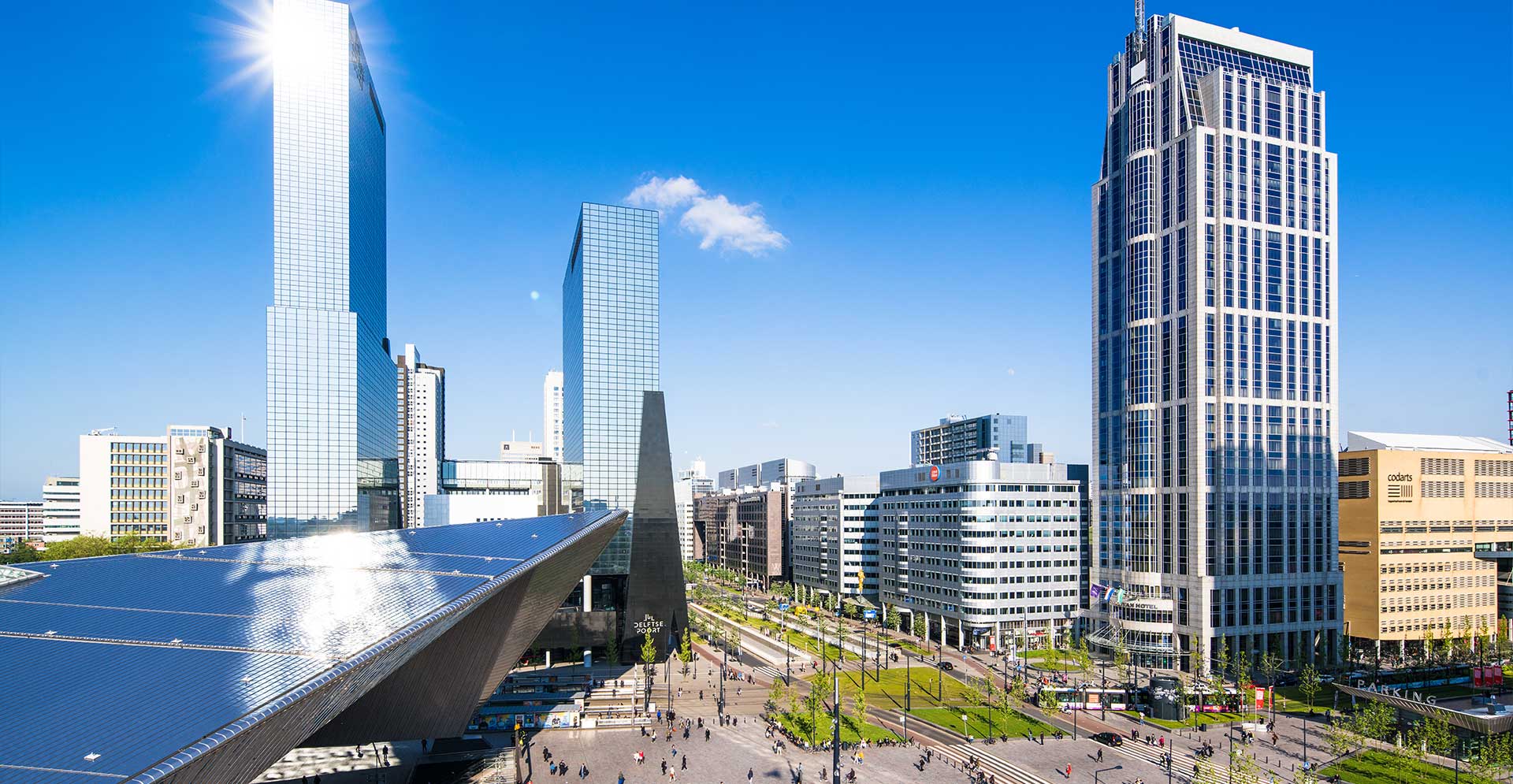It is a well-known fact that the built environment is responsible for approximately 40% of the world’s carbon emissions. With almost three quarters of that coming from building operations - in other words, the energy needed to heat, cool and light a property – the path to zero carbon is going to require us to start using and interacting with our buildings in a different way. But in the face of increasingly stringent government targets, what exactly does this mean in practice?
Bridging the net-zero gap
Should we switch off the air conditioning and sit in the dark? Drastic measures perhaps, but we do need to be smarter when it comes to understanding and regulating our energy usage. Fortunately, the secret to this lies within the building itself.
Let’s think about some numbers. Modern, well-designed offices have an average annual energy consumption of around 160 kilowatt hours per square metre, every year. Of course, there are significant variations, but this gives us a starting point for consideration. With best-in-class design interventions, such as renewable energy systems or green building materials that minimise energy leakage, we can bring energy consumption down to around 110 kWh/m2, every year. Yet the annual target for non-domestic buildings is just 55 kWh/m2 a year by 2030. With no clear industry route-map for getting there, how are we going to bridge the gap?
It’s all about data
This is where intelligent buildings come in. We know that all equipment generates data, from printers to heating and cooling units. While a standard Building Management System can connect to, control and monitor all these systems, it is essentially little more than a glorified alarm clock. It is programmed with specific times and set temperatures, and an alarm is triggered if the system deviates from these settings - but that’s where the intelligence stops.
Instead, the more detailed analytics that come with an intelligent building system are far more sophisticated, and can take these insights many steps further. By understanding all the data and how it works together as an integrated and inter-connected system, we can see trends over time and across the whole building. Performance can be automatically regulated and, in turn, highlight any significant changes that might need to be made in terms of how the building is being used.
For instance, we want to keep an office at a consistent and comfortable temperature. To do this, the heating and cooling systems need to be properly balanced. If a unit is just one degree out of sync, it could still be functioning within the specifications of the design criteria according to the Building Management System, but over time will result in huge amounts of wasted energy.
The performance data is all there, but it’s only with the energy analytics that come with intelligent building technology that we can spot the nuances of what it’s telling us.
Uncovering hidden treasure
Our buildings represent a treasure trove of hidden information. Most of the data typically lies dormant, but a key part of the onboarding process when you upgrade from a ‘normal’ to an intelligent building involves going through all this information and using it to set a baseline for performance. When we add in the benefits of machine learning, we can start to interpret the data and look at where savings, reductions or optimisations can be made. Do we need to adapt performance in line with the seasons? Are products starting to degrade and becoming less efficient, so therefore need replacing?
These are decisions that can only be made when you have access to the right information and have been using intelligent building technology to monitor data over time. When we compare this information with data we’ve seen from similar machines in other buildings, we can start to build a strong benchmark and set of low- to zero Capital Expenditure energy measures.
Demonstrable benefits
By following this process, Building Intelligence (our own software product for realising energy savings) could help to reduce energy consumption (and the associated CO2) by as much as 20%, significantly closing the net-zero gap. Often this can be achieved with just minimal tweaks to software systems. It’s not about big, costly technology interventions. Rather it’s about taking the data you already have and using it to make small but optimal changes that can still have a big overall impact.
Zero carbon is one of the most important drivers for unlocking the value of data, but there are other benefits too. If the building management systems are working as efficiently as possible, you can expect to see cost savings of up to 25% as a result of lower utility bills. Maintenance costs will be lower, as assets are lasting longer because they aren’t working so hard. And of course, a healthy, well-regulated building means healthier and happier tenants and improved wellbeing, whether that’s for hotel guests, students, office workers or even visitors to a shopping centre.
The data is at our fingertips; but the real benefit is in how we use it. Unlocking part of net-zero carbon in buildings might not be as hard as we thought.
Contact Matthew Marson at matthew.marson@arcadis.com





